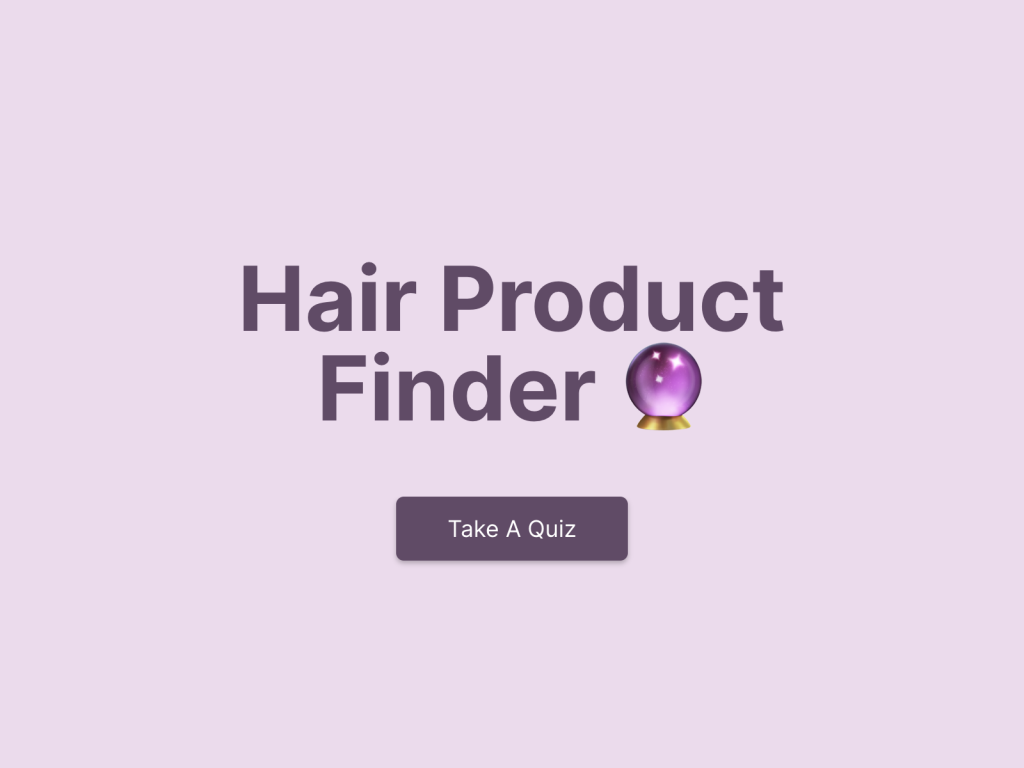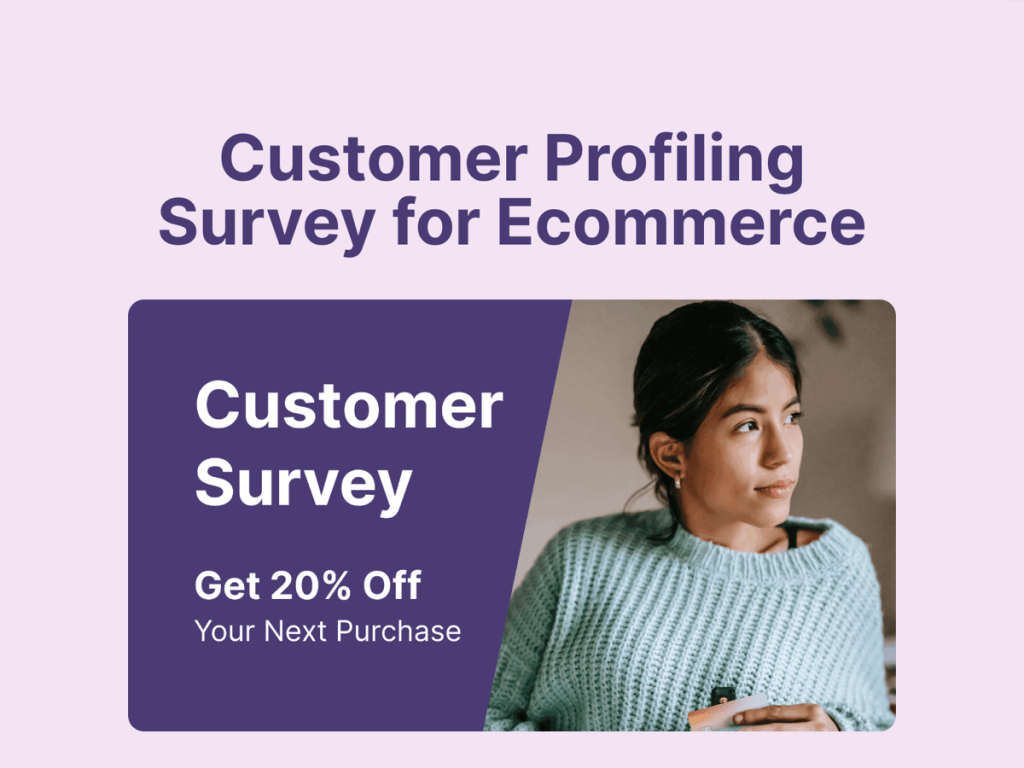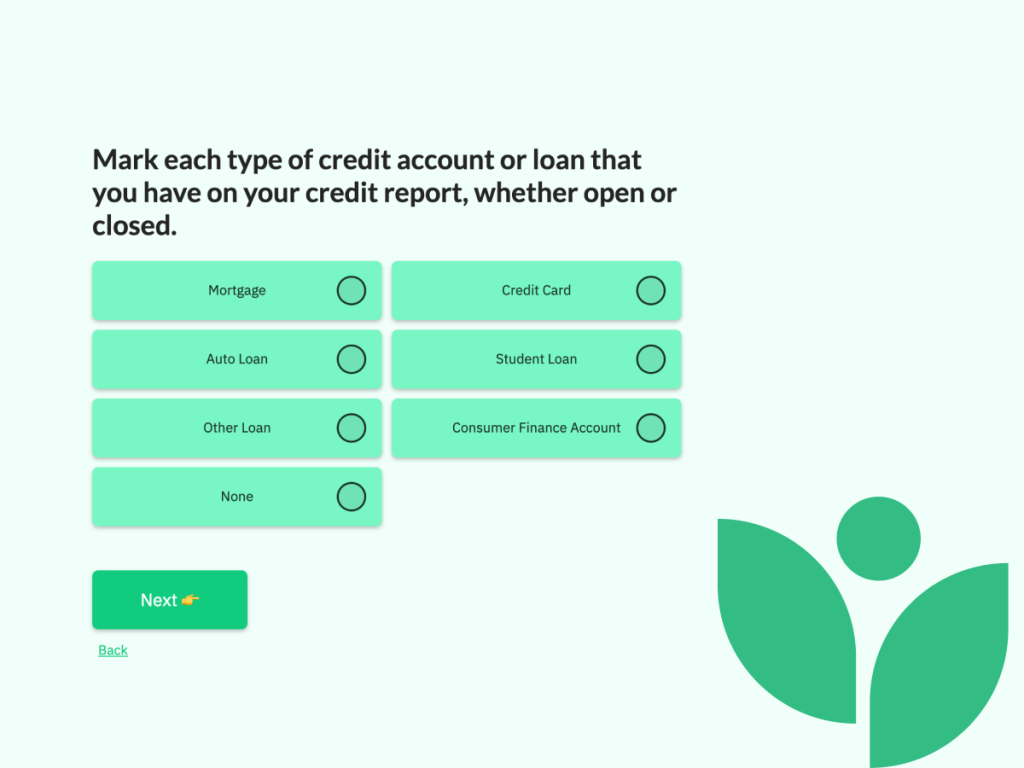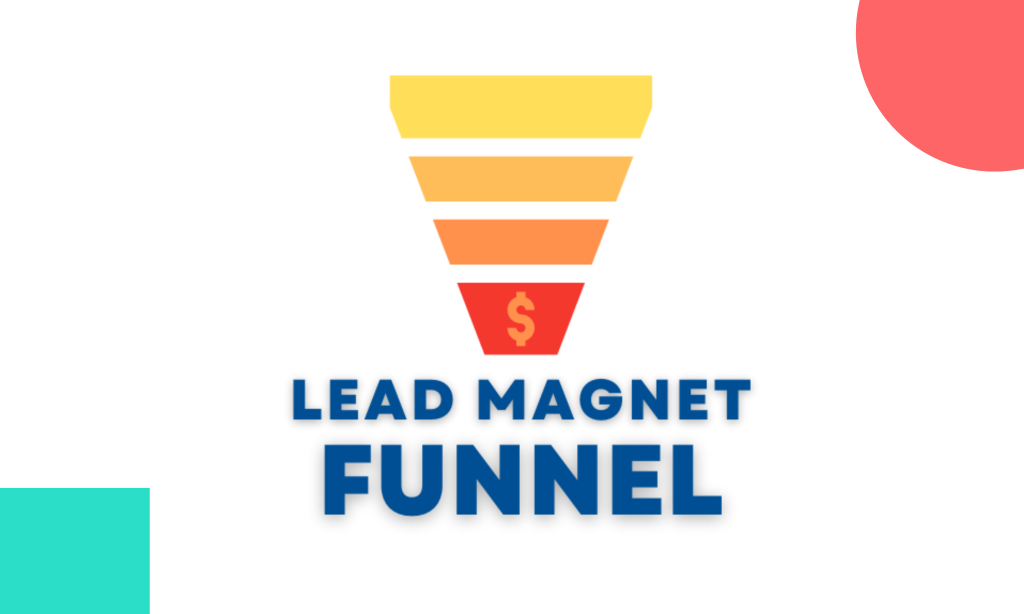Marketing automation involves the automation of repetitive marketing operations. That may be automatic call distribution to handle large volumes of inbound calls or using a digital marketing automation platform for email or social media campaigns.
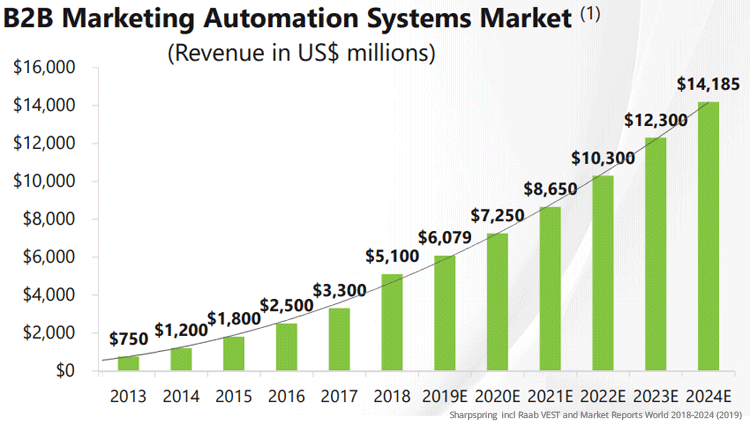
Stats show that the B2B marketing automation market is estimated to reach $14B in revenues by 2024. That only proves that the demand keeps growing across different industries. But what is marketing automation?
Marketing automation allows businesses to streamline marketing activities using the latest technology and software. Automated workflows help marketing professionals ensure the campaigns are personalized and relevant.
Marketing automation tools work to improve customer interaction across the customer journey, nurture prospects, and automate repetitive tasks. This way, e-commerce businesses can automate a range of marketing activities, including email campaigns, social media ads, lead scoring, customer segmentation, and more. These tools are also very relevant for B2B marketing, where it’s important to know your customer’s preferences and current needs to react quickly and provide the right solution.
What Data Is Used For E-commerce Marketing Automation?
Multiple data types are needed to enable effective e-commerce marketing automation operations and provide customized experiences. A few essential metrics frequently utilized in e-commerce marketing automation are listed below:
Customer profile data: This includes basic demographic information such as age, gender, location, and language to understand customer segments better. Segmentation based on behavior, demographics, purchase history, and preferences allows businesses to run targeted marketing campaigns.
Purchase history data: That data relates to customers’ recent purchase behavior, including abandoned shopping carts and the purchase stage when abandonment occurred. It also has information about items bought, order value, and frequency.
Engagement data: This metric includes data related to email marketing efforts, such as email open rates, click-through rates, and conversions. It provides valuable insights into how customers interact with marketing messaging and email campaigns.
Customer review data: Feedback and reviews collected provide valuable insights into their satisfaction levels, pain points, and preferences. Analyzing this data can help improve products, services, and customer experience.
Performance data: Marketing automation solutions provide dashboards with analytics and performance data, including conversion rates, revenue attribution, customer acquisition costs, and ROI. These metrics help measure the effectiveness of marketing campaigns and make data-driven decisions for further efforts.
With e-commerce marketing automation processes in place, you can send out personalized product suggestions, cart recovery emails, targeted specials, and customized content that improves the user experience, boosts engagement, and generates sales by utilizing these data points.
Create Product Recommendation Quizzes
Start with a free template
Key Advantages of Using Marketing Automation in E-commerce
Improving initiatives with marketing automation can lead to numerous long-term benefits for businesses. That’s why it’s no wonder that 39% of small businesses invest in marketing software. The most practical advantages may also include the following:
Increased Email Engagement and Higher Conversions
Businesses may generate customized email messages using marketing automation tools based on consumer behavior, preferences, and past purchases. You can boost engagement and conversion rates by segmenting your audience and sending tailored content.
Jeffrey Pitrak, a marketing automation specialist at Transient Specialists, shared that businesses can make well-informed decisions by leveraging automated workflows for email marketing. Indeed, email automation can hit every avenue of emails, including:
Email sending: Automated email marketing means sending any number of emails at the right time to the right recipients. For example, you can set the system to hit the inboxes during the work week at 4 p.m. – the best time to get a response – while avoiding the most clogged first quarter of an hour.
Subscriber list organization: With an all-encompassing marketing automation suite, you can interpret historical and real-time data insights into customized emails. Instead of batch-and-blast emails, you can choose an email's custom wording, style, and graphics based on the recipient’s demographics, psychographics, history of interactions with the brand, and any other data you’ve collected throughout the customer journey.
Personalized responses: Nothing scares subscribers away as quickly as generalized responses. On the other hand, AI-powered email automation software can generate complex custom responses, talking to recipients in a GPT-like manner. Such responses may not always create a strong bond, but you will at least maintain the connection.
Access to Valuable Customer Behavior Insights
With user behavior insights, you may improve cross-selling and upselling prospects by offering customized product suggestions, targeted promotions, and relevant information based on their browsing and purchase history.
If you want to learn more about user behavior analytics tools, check out this video.
Automation tools like this make conducting surveys and gathering client feedback simple and quick. You can create custom quizzes and surveys to capture valuable information from potential customers and qualify them as leads.
Using premade templates makes it even easier, as all you need to do is to fill out the template and connect it to your marketing automation tools. Then you can analyze all responses, derive valuable insights, and enhance your goods, services, and general customer experience based on this data.
Create Surveys, Quizzes, Forms
Start with a free template
More Targeted Ads
According to TikTok statistics, a majority of users, around 68%, tend to make purchases from brands after viewing an ad, 66% enjoy watching sponsored ads, and 58% share the ads or brands they see. The likelihood of conversion is increased by targeting advertising to particular audience segments based on user interactions and behavior.
Post-Purchase Automation and Personalized Loyalty Programs
Post-purchase automation might involve sending automated emails for order confirmation, delivery updates, and follow-ups asking for feedback or promoting related goods.
Marketing automation may also be a powerful tool to simplify your loyalty programs. You can reward your customers for their purchases, recommendations, and social media activity by providing personalized offers or discounts.
Lead Scoring Optimization
To optimize your sales funnel and focus on the most promising leads, take advantage of the lead-scoring features in your marketing automation tool. You can assign points to leads based on their engagement levels, demographics, and purchase behavior. Lead prioritization results in higher returns; that's why you should focus your efforts on those users who are most likely to convert into customers.
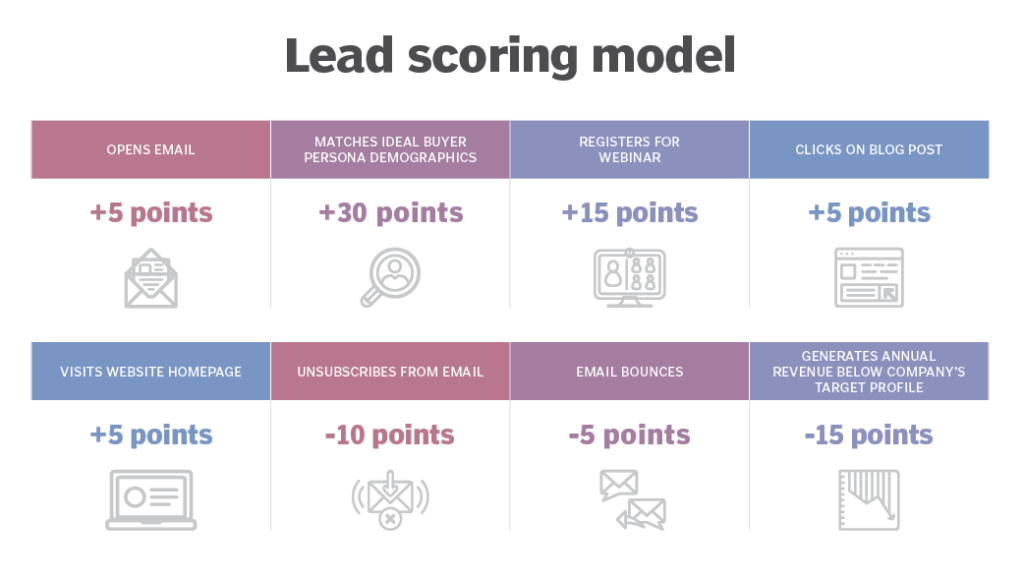
Lead nurturing workflows can also guide prospects through the buyer's journey by delivering relevant content.
Getting Started With Marketing Automation
To effectively use marketing automation for e-commerce, you can follow these steps:
Clarify your goals and choose the right tools: Determine what you want to achieve through marketing automation efforts, whether it’s increasing sales, improving customer retention, or driving website traffic. Based on that, you can choose the right platform like HubSpot, Marketo, Mailchimp, or Klaviyo that better aligns with your business requirements and integrates well with other tools you’re already using.
Split your audience into segments: Based on aspects like demographics, purchase history, browsing behavior, and engagement, you can divide your customers into groups. That's how you can deliver personalized and targeted messages at the right time, increasing the effectiveness of your marketing campaigns.
Set up lead nurturing workflows and work on content strategy: It's important to have a strong content strategy before implementing marketing automation systems. With valuable content and exclusive offers, you can set up a series of emails to deliver to users who would be most interested in what you offer. That leads to building better customer relationships and moving leads closer to making a purchase.
Adjust email marketing efforts: You should use marketing automation to send personalized emails based on customer behavior. For example, notification or email after cart abandonment increases the chances of recovered sales. Use dynamic content to tailor each recipient's email content, subject lines, and CTAs.
Integrate with CRM and e-commerce platforms: Connecting your marketing automation tool with CRM and e-commerce platforms enables seamless data synchronization. That lets you track customer interactions, monitor sales data, and create more targeted and personalized campaigns.
Marketing Automation Best Practices in E-commerce
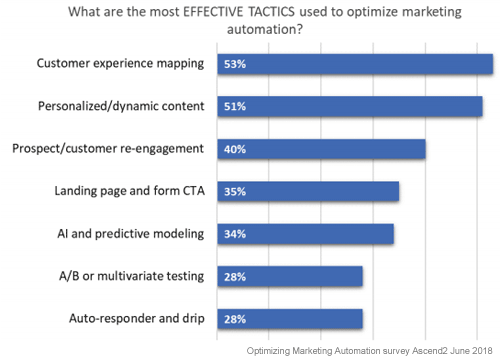
According to a recent survey, several effective tactics for optimized marketing automation exist. Here are the best practices to implement to ensure you get better results:
Ongoing Optimization
As an e-commerce business, you should focus on staying ahead of your competition. You should use cutting-edge analytics software to assess the success of your marketing automation efforts. This way, you can also ensure you spend your resources wisely.
The insights from analyzing key metrics can show you where you should improve your operations and marketing automation strategy. You can use A/B testing to check CTA buttons, ad copy, and subject lines. That's how you can decide which components perform better and create more effective messaging.
Personalized Customer Experience Thanks to Better Targeting
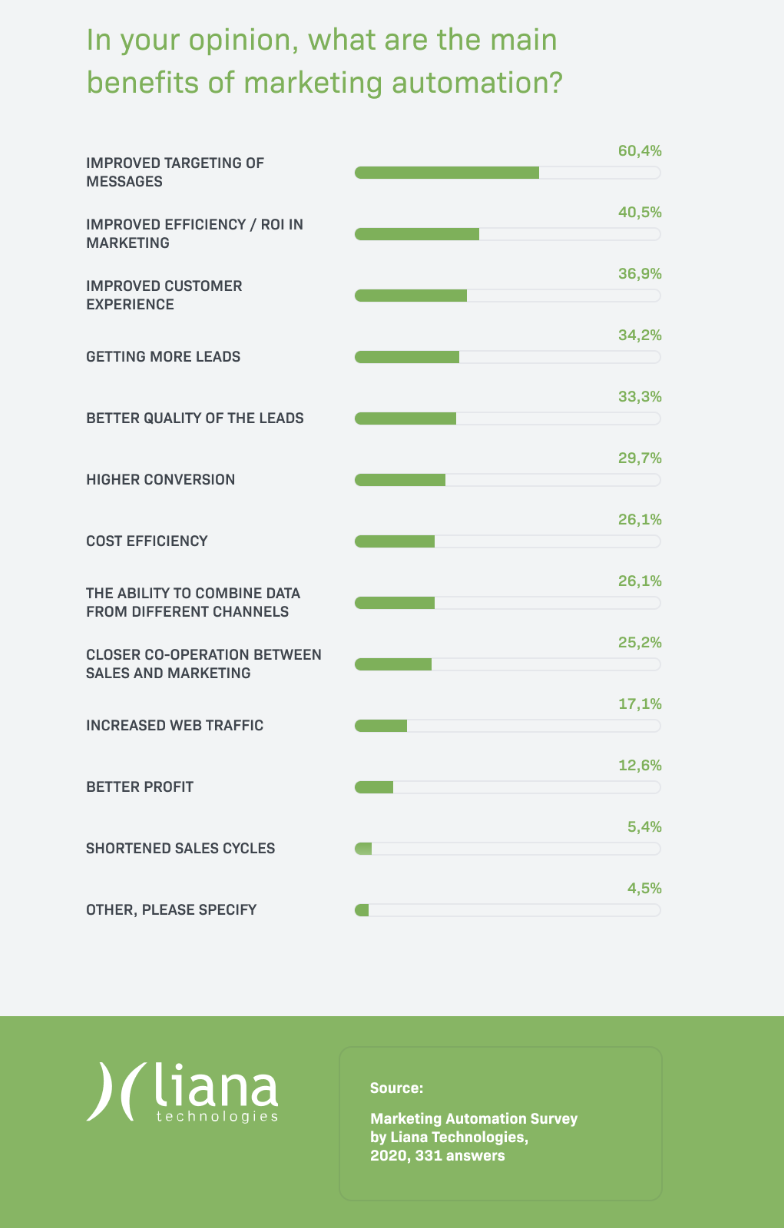
According to a recent survey among marketing professionals, among the most prominent benefits of marketing automation are improved targeting of messages and better customer experience.
Delivering personalized experiences to customers is crucial for successful marketing automation. Use advanced segmentation techniques to divide your audience into smaller, targeted groups and create tailored offers that resonate with each segment.
You can leverage custom interactive calculators, forms, and review funnels to create a more engaging shopping experience on your e-commerce website. Those can be quickly made with different types of e-commerce templates.
Besides that, consider incorporating personalized customer support through live chat, chatbots with escalation options, and dedicated customer service representatives to build trust and improve the overall customer experience.
Multi-Channel Automation
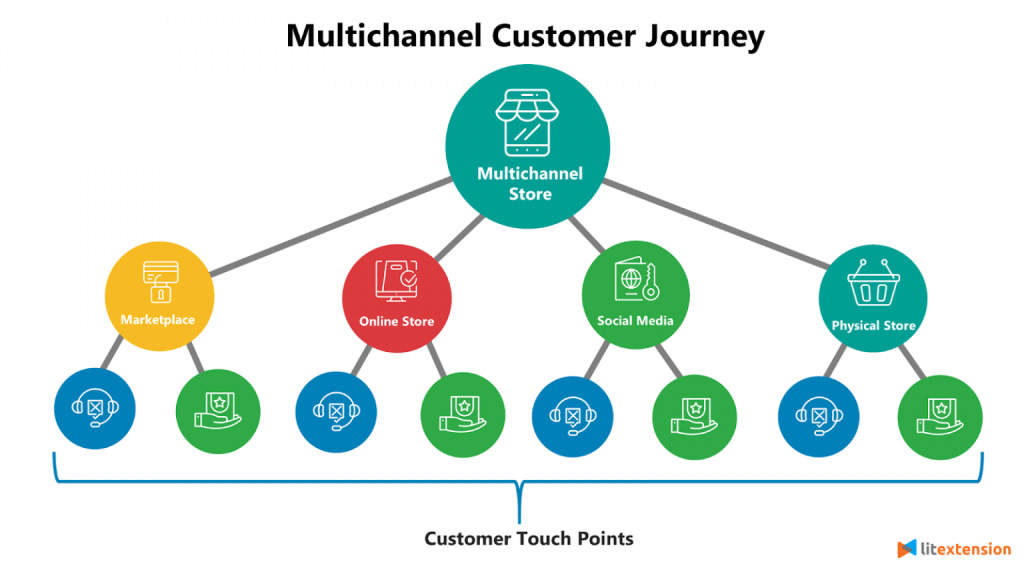
Expand your automation efforts across multiple marketing channels for better results. That includes email, social media, SMS, chatbots, and more. Businesses operating in e-commerce should ensure consistency in messaging and timing across channels to create a seamless customer experience.
Wrapping Up
Marketing automation enables e-commerce brands to optimize marketing strategies, create tailored experiences, enhance lead management and nurturing. With marketing automation processes in place, businesses can concentrate on key projects, improve client engagement, and boost revenue through efficient e-commerce marketing strategies by automating monotonous processes.





